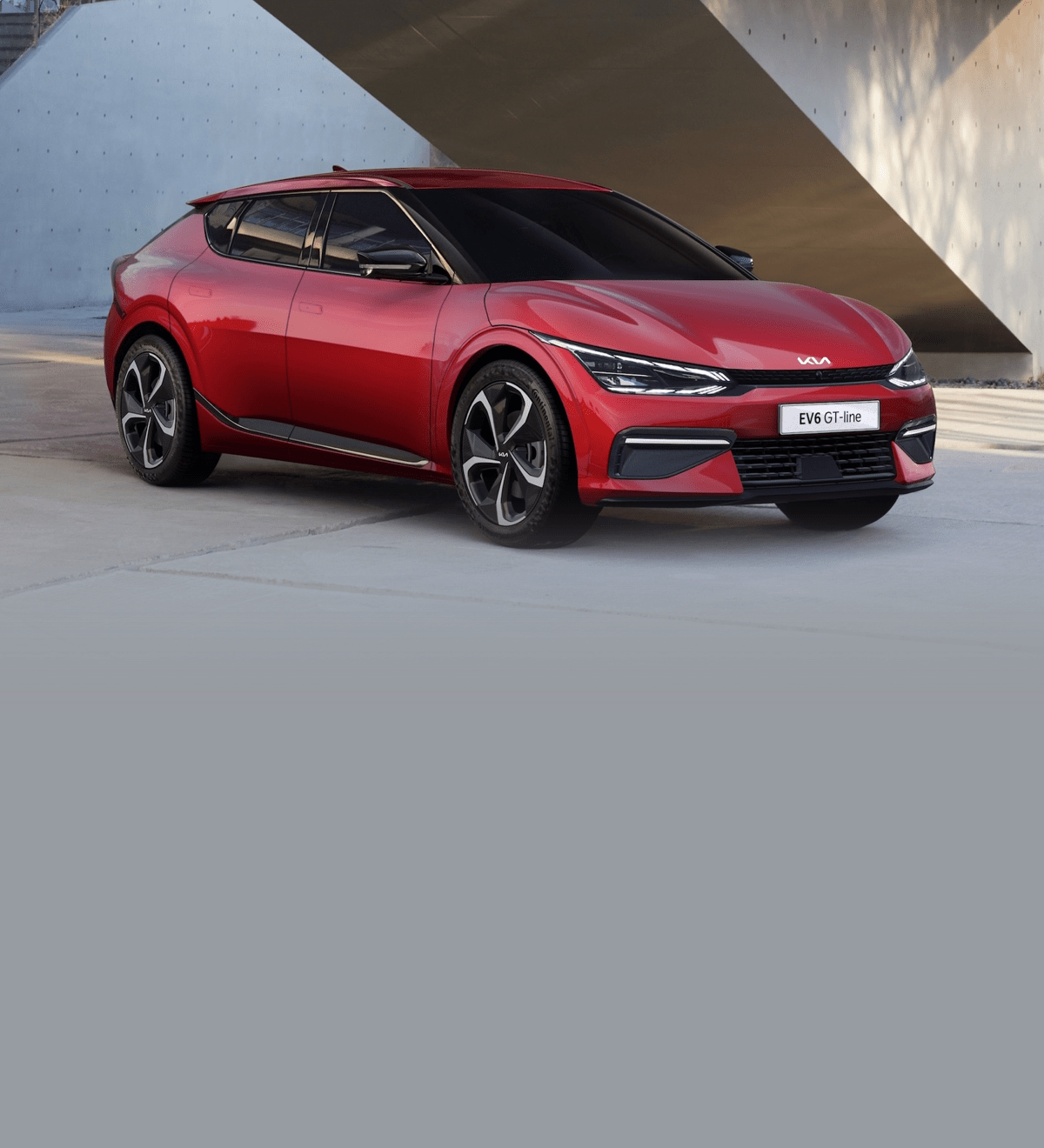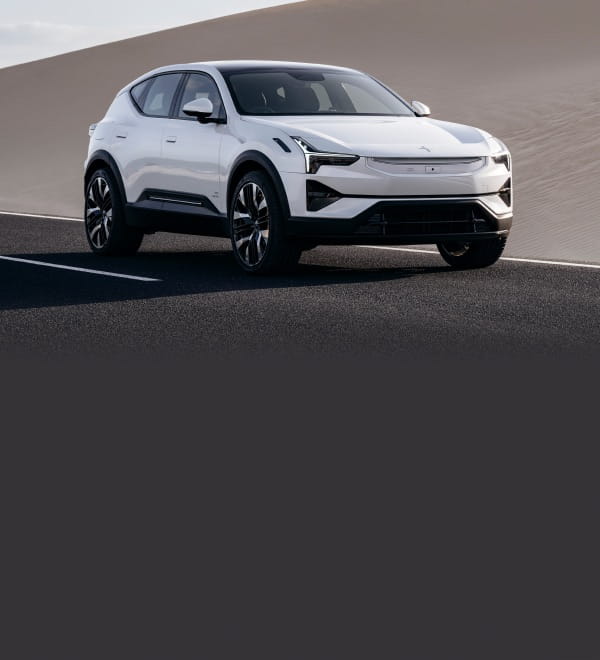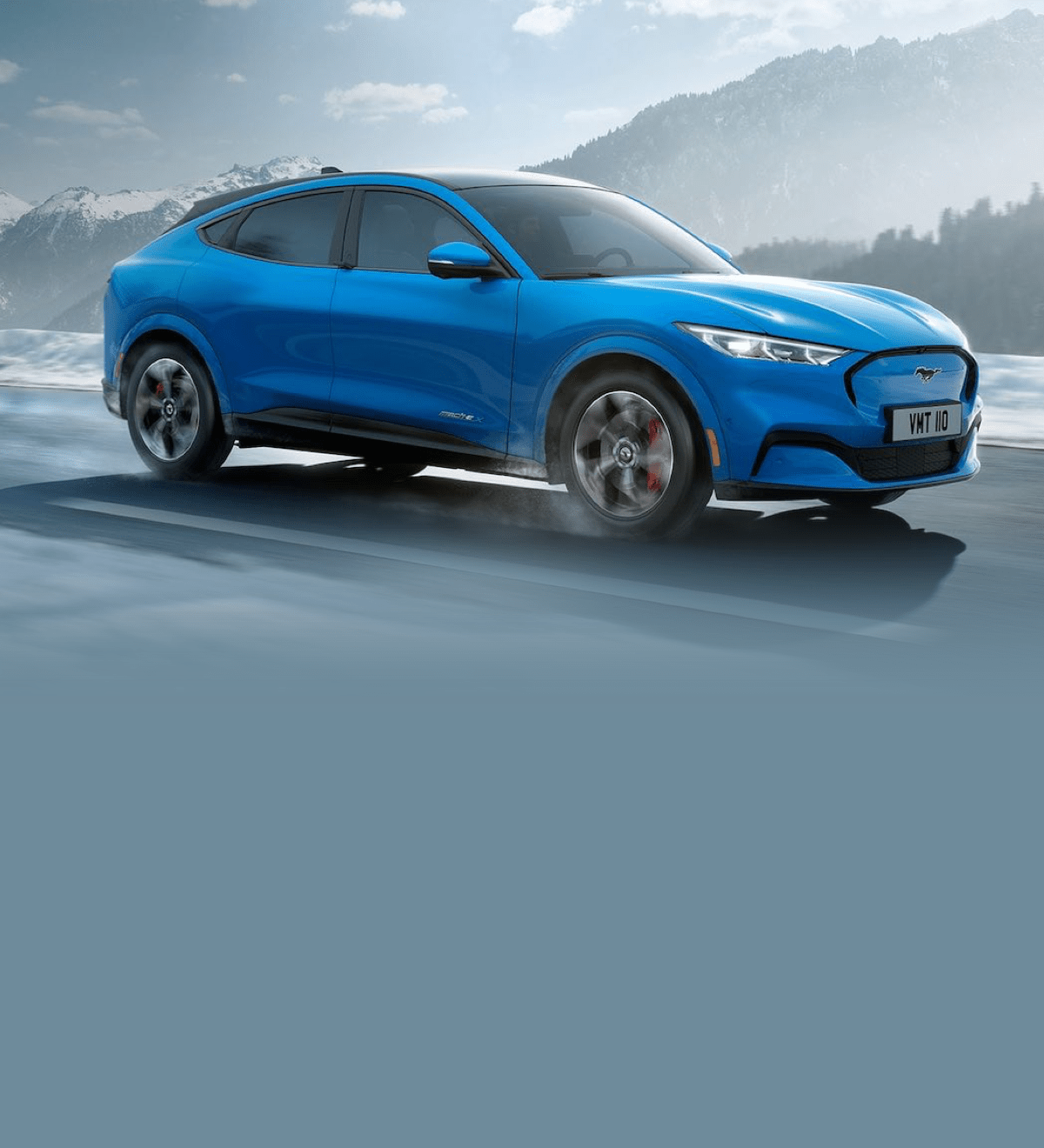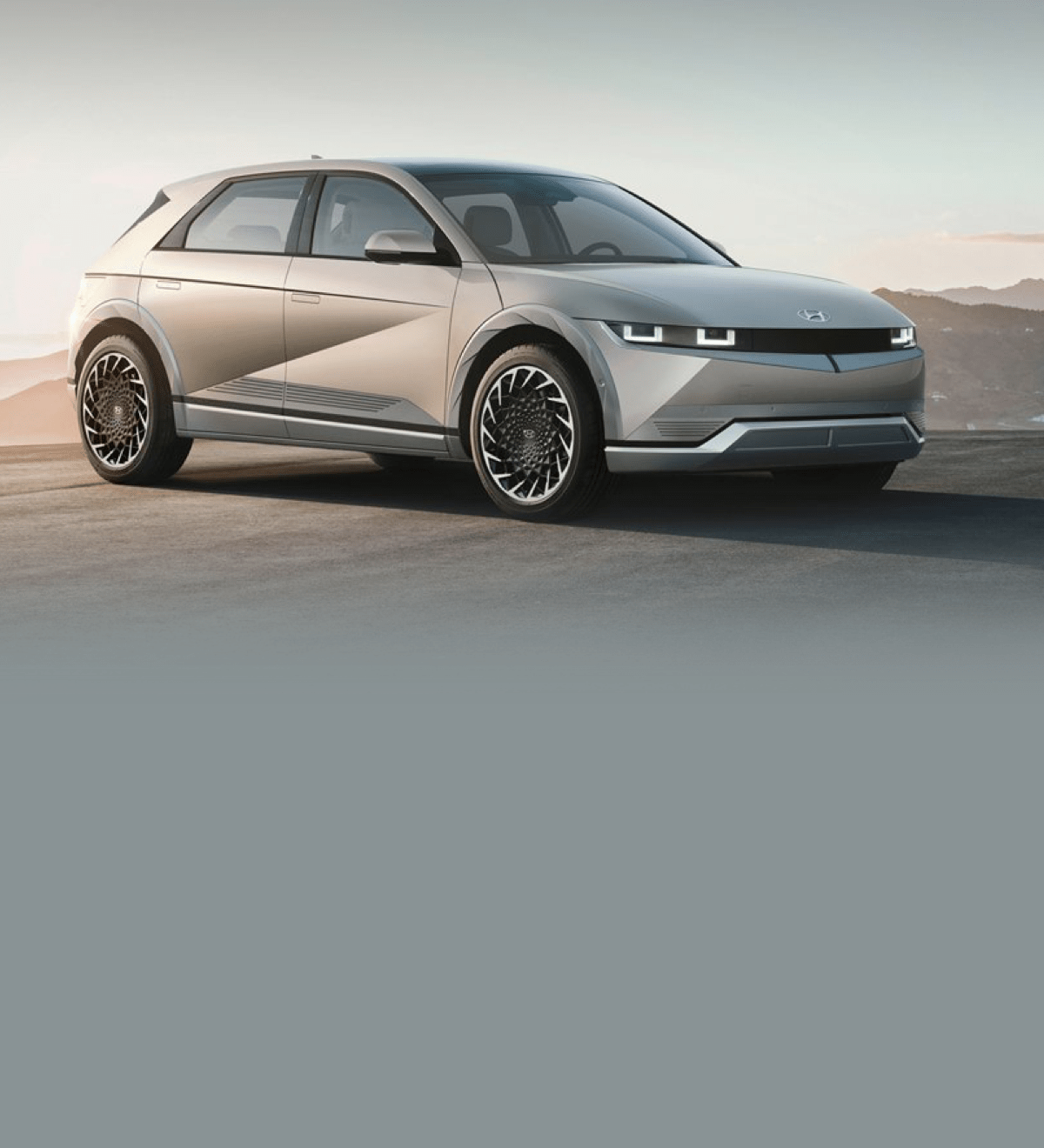
As our mobility changes, so do the vehicles we drive. In the case of the Renault Scenic, you can barely see the link with its predecessor, yet the electric model promises to be just as practical and comfortable on long journeys.
‘Renault Scenic’ is a synonym for spacious, practical family car. That was true back in 1996, when the first generation was introduced and this fifth generation has no intention of repositioning itself, even though it looks completely different. In spite of its strong SUV flavour, Renault does not want you to call it a crossover, incidentally.
While its predecessors were truly MPVs, with a windscreen following the inclination of the bonnet, there is now a clear angle between the two body segments. That said, the new Scenic offers a better streamline. In particular, the air curtains on the sides of the front bumper, the flush door handles, the inserts in the rims and the stretched rear side panels offer an aerodynamic experience.
Compact on the outside, roomy on the inside
At 4.47 metres long, 1.86 metres wide and 1.57 metres high, the new Scenic E-Tech Electric is quite compact for its segment. That doesn't make it any less spacious inside, thanks in part to its 2.78-metre wheelbase and its flat roof, which guarantees plenty of headroom. By the way, you can have that roof finished in a contrasting colour, should you wish.
With the integration of the battery in the floor, the rear seats are no longer sliding, and the seat backs can no longer be folded completely flat. According to Renault, this is also unnecessary. After all, the boot measures 545 litres and there is no shortage of legroom. In the Scenic tradition, storage compartments are also plentiful.
Sustainability is in its DNA
Sustainability has never been so ingrained in the DNA of a Renault as with the Scenic. For example, recycled aluminium is used for the bodywork, and you see recyclates everywhere inside too, which are made from PET bottles, seat belts, residues from industrial processes, and so on. The leather on the steering wheel is 100% vegan. Still, the interior looks high quality and beautifully finished.
Two novelties stand out. First: the Solar Bay panoramic roof with individual sections that can opacify thanks to liquid crystals. This technology does away with the need for a roller screen, which saves weight. Second: the ingenious central armrest in the rear which allows you to secure tablets and smartphones in various positions. It also includes two USB-C charging ports and hides a ski hatch.
Up to 620 kilometres of range
In terms of drivetrains, you can choose between two versions: a 125-kW base version with a 60-kWh battery and a top-of-the-range 160-kW version with 87 kWh of battery cells. The first version promises a driving range of about 420 kilometres, the second up to 620 kilometres.
AC charging can be done at 7.4 kW, or at 22 kW if you upgrade the on-board charger. DC charging is possible at up to 150 kW. A heat pump is standard, by the way.
125kW version
- Battery60 kWh
- Driving range420 kilometres (WLTP)
- Cargo volume545L
160kW version
- Battery87 kWh
- Driving range620 kilometres (WLTP)
- Cargo volume545L










